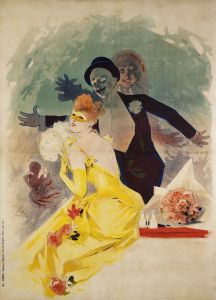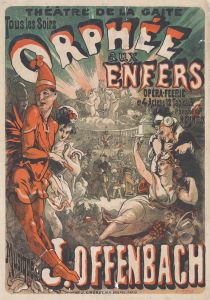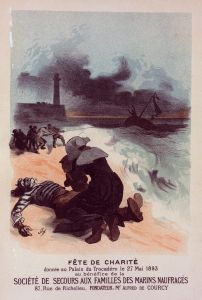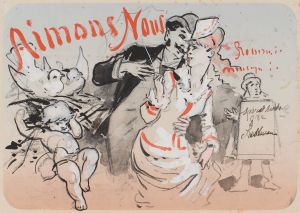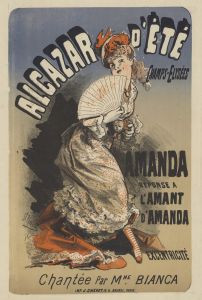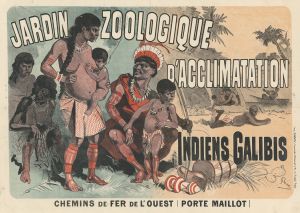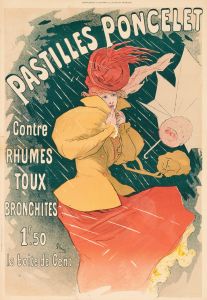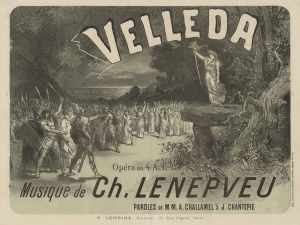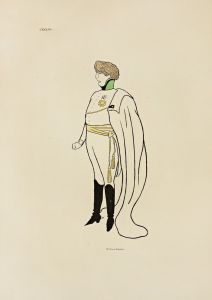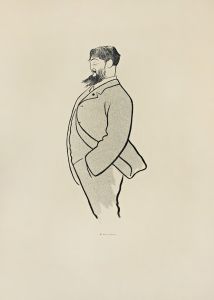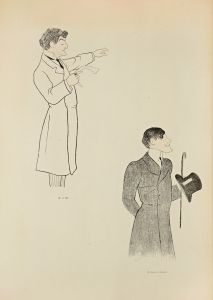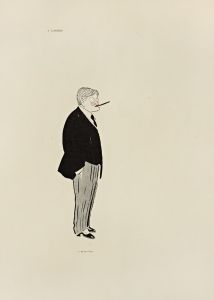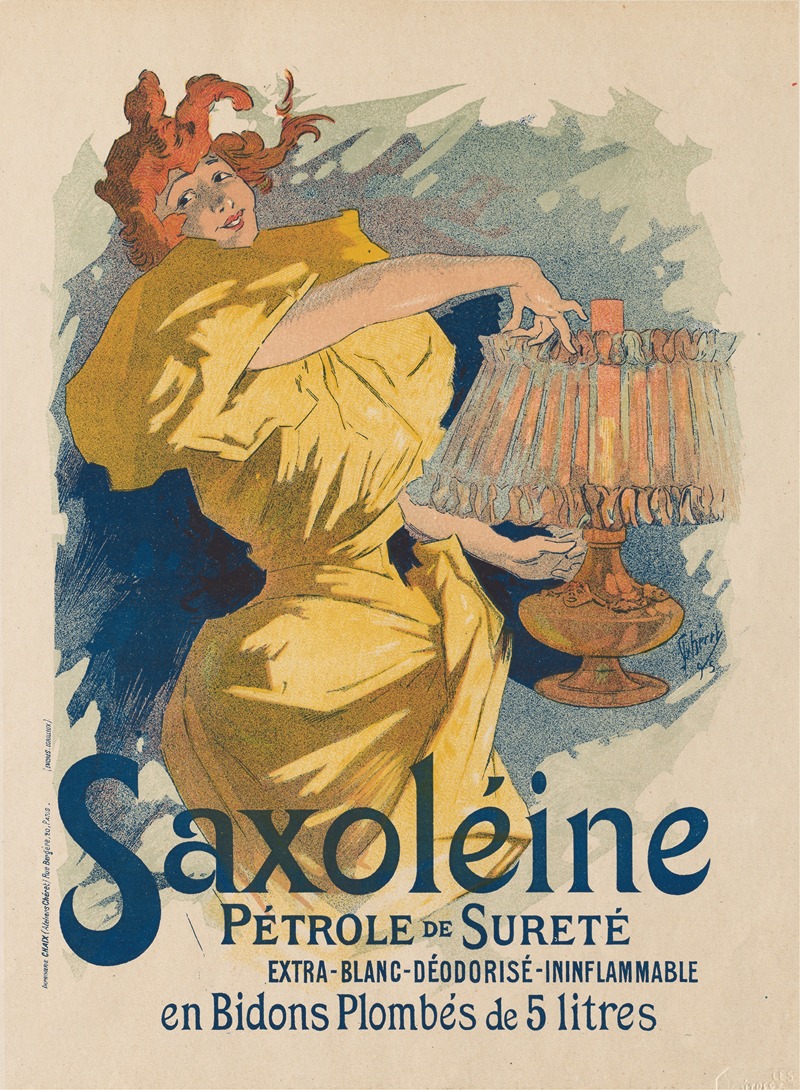
Les Maitres de L’Affiche, Pl. 13, Saxoléine
A hand-painted replica of Jules Chéret’s masterpiece Les Maitres de L’Affiche, Pl. 13, Saxoléine, meticulously crafted by professional artists to capture the true essence of the original. Each piece is created with museum-quality canvas and rare mineral pigments, carefully painted by experienced artists with delicate brushstrokes and rich, layered colors to perfectly recreate the texture of the original artwork. Unlike machine-printed reproductions, this hand-painted version brings the painting to life, infused with the artist’s emotions and skill in every stroke. Whether for personal collection or home decoration, it instantly elevates the artistic atmosphere of any space.
"Les Maitres de L’Affiche, Pl. 13, Saxoléine" is a lithographic print created by the renowned French artist Jules Chéret. This work is part of the "Les Maitres de L’Affiche" (The Masters of the Poster) series, which was a highly influential collection of lithographic plates published between 1895 and 1900. The series featured reduced versions of some of the most iconic posters of the Belle Époque period, showcasing the work of leading poster artists of the time.
Jules Chéret, often referred to as the "father of the modern poster," was a pivotal figure in the development of commercial art and poster design in the late 19th century. Born in Paris in 1836, Chéret trained as a lithographer and went on to revolutionize the art of poster-making with his vibrant and dynamic compositions. His work is characterized by its lively use of color, graceful figures, and innovative typography, which together helped to elevate the poster from mere advertisement to a respected art form.
The "Saxoléine" poster, featured as Plate 13 in the "Les Maitres de L’Affiche" series, was originally created to advertise a brand of lamp oil. Saxoléine was a popular product in the late 19th century, known for its high-quality illuminating properties. Chéret's design for the Saxoléine poster is a quintessential example of his style, featuring a joyful female figure, often referred to as a "Chérette," who is depicted in a moment of exuberant movement. She is surrounded by swirling drapery and illuminated by the warm glow of a lamp, effectively conveying the product's promise of bright and cheerful light.
The "Les Maitres de L’Affiche" series was published by Imprimerie Chaix, a leading printing house in Paris, and was distributed in monthly installments to subscribers. Each issue contained four lithographic plates, which were printed on high-quality paper and measured approximately 11 by 15 inches. The series was highly popular among art collectors and enthusiasts, as it provided an affordable way to own reproductions of the era's most celebrated posters.
Chéret's contribution to the "Les Maitres de L’Affiche" series, including the Saxoléine poster, played a significant role in cementing his reputation as a master of the poster art form. His work not only influenced his contemporaries but also laid the groundwork for future generations of graphic designers and commercial artists. Today, Chéret's posters are highly sought after by collectors and are considered important artifacts of the Belle Époque period.
In summary, "Les Maitres de L’Affiche, Pl. 13, Saxoléine" by Jules Chéret is a notable example of late 19th-century poster art. It reflects Chéret's innovative approach to design and his ability to transform commercial advertising into a celebrated artistic medium. The work remains a testament to Chéret's enduring influence on the field of graphic design and the cultural landscape of his time.





